As a passionate photographer, I’ve always loved capturing the world through my trusty Fujifilm X-T3. This camera has accompanied me on countless adventures, enabling me to freeze moments in time and create a visual diary of my life’s most precious memories. But one day, as I prepared to capture a stunning sunset, my Fujifilm X-T3 suddenly refused to turn on. The feeling of panic and helplessness that washed over me was intense, and I knew I had to figure out what went wrong.
In the process of finding a solution, I discovered a number of potential reasons why a Fujifilm X-T3 might not turn on. In this article, I’ll share these potential causes with you, in hopes that my experience can help fellow photographers troubleshoot and resolve similar issues with their own cameras.
1. Fujifilm X-T3 Not Turning On Because of Dead or drained battery
Dead or Drained Batteries: When I first started using the Fujifilm X-T3, I experienced an issue with the camera not turning on. At first, I thought it might be a manufacturing defect, but after some investigation, I discovered that the problem was a dead or drained battery. The camera was shipped with an NP-W126S rechargeable battery, which was not charged at the time of shipment. To solve this issue, I needed to charge the battery using the supplied battery charger, which took about 150 minutes to fully charge.
Additionally, I learned that the battery could drain quickly in certain situations, such as when the battery was cold or there was dirt on the battery terminals. To extend the battery life, I made sure to keep the battery warm by placing it in a pocket or other warm place and cleaning the terminals with a soft, dry cloth when needed.
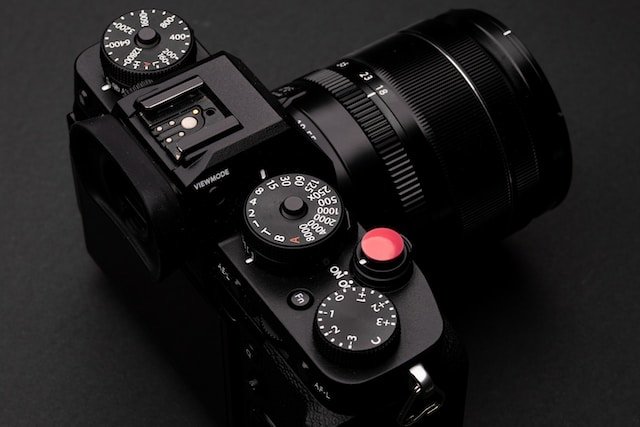
Moreover, it’s essential to use the correct battery charger designated for the NP-W126S battery and to charge the battery at room temperature to avoid slow charging or potential battery faults. With these measures in place, I was able to overcome the dead or drained battery issue and continue enjoying my Fujifilm X-T3 without any interruptions.
2. Faulty battery contacts
The Fujifilm X-T3, released in September 2018, has been widely praised for its impressive feature set, making it a popular choice among travel photographers. The camera boasts an X-Trans IV sensor with 26.1 megapixels, a better EVF, improved autofocus, and BSI (backside illumination) technology for enhanced light gathering. The X-T3 is well-constructed, with a solid feel and high-quality buttons, dials, and tilting LCD screen.
Despite its many strengths, some users may encounter issues with the camera not turning on, possibly due to faulty battery contacts. One reason for this could be the battery being exhausted. In such cases, charging the battery or inserting a fully-charged spare can resolve the issue. Another possibility is that the battery is inserted incorrectly, in which case reinserting it in the correct orientation might help.
A third potential reason is that the battery-chamber cover is not latched, which can be fixed by properly latching the cover.
In cases where the battery runs down quickly, several factors could be responsible: a cold battery, dirt on the battery terminals, or the battery reaching the end of its charging life. By addressing these issues, users can ensure that their Fujifilm X-T3 performs optimally and continues to deliver exceptional results.
3. Faulty power button
The Fujifilm X-T3 has a robust build and reliable buttons, but some users have reported issues with the power button. The power button may become less responsive over time or even stop functioning altogether. This issue can be caused by wear and tear, accidental damage, or manufacturing defects.
To resolve this issue, you can try cleaning the power button area gently with a soft cloth or contact Fujifilm support for assistance. It is crucial to address this issue promptly, as a non-functional power button can severely impact your ability to use the camera for travel photography.
4. Defective charger or charging cable
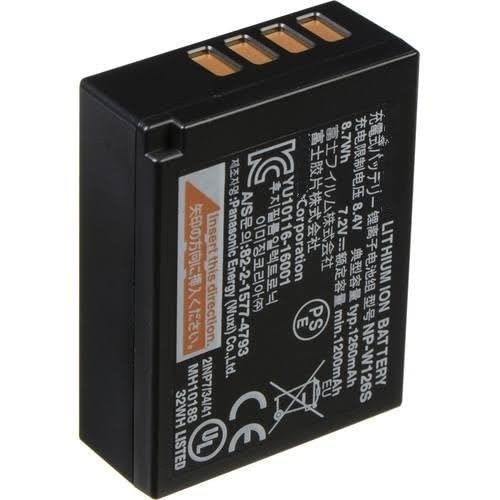
One of the reasons your Fujifilm X-T3 camera may not turn on could be due to a defective charger or charging cable. If the charger or the cable is not functioning properly, it will not supply the necessary power to charge the NP-W126S rechargeable battery, leaving the camera without power.
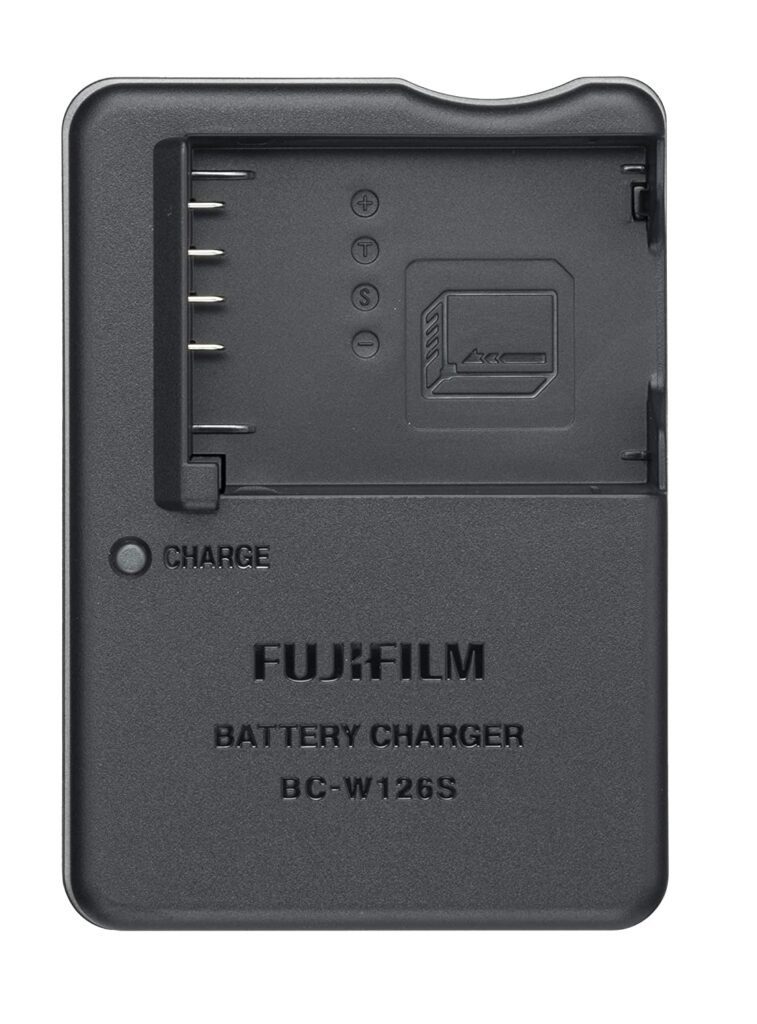
To troubleshoot this issue, follow these steps:
- Inspect the charger and charging cable: Check for any visible damages, such as frayed wires, bent connectors, or loose connections. Damaged components can prevent the charger from working effectively.
- Test the charging cable: If possible, try using a different charging cable that is compatible with your camera’s BC-W126S battery charger. This will help you determine if the issue is with the cable or the charger itself.
- Test the charger: If you have access to another Fujifilm X-T3 or a compatible charger, try charging your battery with the alternate charger. If the battery charges successfully with the other charger, it’s likely that your original charger is defective.
If you’ve determined that the charger or charging cable is defective, you may need to purchase a replacement. Ensure you acquire a compatible charger and cable specifically designed for the Fujifilm X-T3 to avoid potential compatibility issues or damage to your camera.
Keep in mind the supplied charger, BC-W126S, is compatible with power supplies of 100 to 240 volts. When charging, the charging indicator will light up, and it turns off when the charging is complete. If the charging indicator blinks, it might indicate a battery fault, and you should unplug the charger and remove the battery.
Alternatively, you can charge the battery via USB by connecting the camera to a computer using a USB Type-C cable. Turn off the camera, insert the battery, and connect the cable. The battery status is shown by the indicator lamp. If the lamp is on, the battery is charging; if it’s off, the charging is complete; and if it blinks, there’s a battery fault.
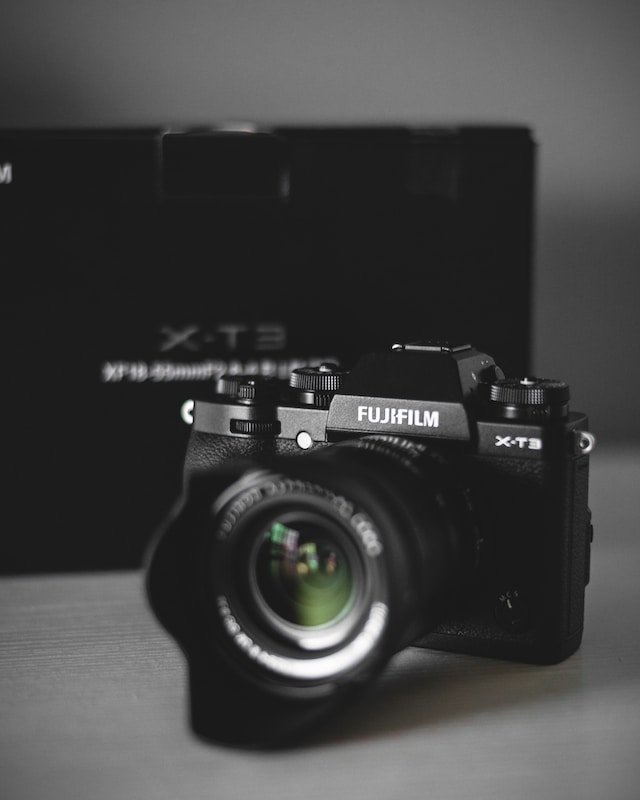
Remember that charging times may increase at low or high temperatures.
5. Loose or damaged internal components
Loose or damaged internal components can also prevent the Fujifilm X-T3 from turning on. This can happen due to a fall or impact, or simply over time with normal use. In such cases, it’s important to check for any loose screws or other parts inside the camera body.
Potentially damaged parts could include the camera’s circuit board, wiring, power input/output ports, lens mount, and memory card slot. Additionally, the camera’s focus mechanism, autofocus points, and exposure compensation dial could also be damaged.
To fix this issue, it’s recommended to seek professional repair services from Fujifilm or an authorized repair center. Attempting to open and repair the camera yourself can further damage the internal components and may void the warranty.
6. Corroded or damaged ports
One of the potential reasons why the camera might not turn on is due to corroded or damaged ports. This issue can affect the device’s ability to receive and distribute power, as well as connect to other devices.
Corrosion on the ports is a common issue that can occur due to exposure to moisture, humidity, or salty air. If the camera has been exposed to these elements, it can cause the metal contacts of the ports to oxidize and form corrosion.
Corrosion can prevent the camera from receiving a charge, transferring data, or connecting to external devices. Therefore, it is crucial to regularly inspect and clean the ports to prevent corrosion from forming.
Similarly, if the camera has been dropped or bumped, it can result in physical damage to the ports. The wiring inside the ports can become dislodged, bent, or broken, affecting the camera’s ability to function correctly. Additionally, the power input/output ports, such as the USB Type-C port, can get damaged, resulting in a lack of power supply to the device.
To fix the issue of corroded or damaged ports, one can try to clean them using a soft, dry cloth or a mild cleaning solution. It is essential to avoid using harsh chemicals or abrasive materials that can scratch or further damage the ports. If cleaning the ports does not resolve the problem, it might be necessary to replace them.
7. Fujifilm X-T3 Not Turning On Because of Firmware issues
Firmware issues can also cause the Fujifilm X-T3 to not turn on. Fujifilm often releases firmware updates that can improve camera performance, fix bugs, and introduce new features. However, installing a firmware update incorrectly or using an outdated version can cause problems with the camera’s functionality, including failure to turn on.
One issue that can arise with firmware updates is a change in the number of frames that can be stored in a single folder.
If you are using a macOS computer to process recorded files in the SDXC memory card, make sure to follow the proper procedure before upgrading the firmware. This will ensure that the camera and memory card are compatible with the new firmware version.
It’s essential to check the firmware version and ensure that you are using the latest version for your camera and lens. Using an outdated version may prevent you from enjoying the camera’s full performance. You can check the latest firmware version on Fujifilm’s website.
In some cases, firmware bugs may cause the camera to freeze or not turn on after a firmware update. For example, the firmware bugs have been fixed in Ver.4.51, which caused the camera to freeze after completing the firmware update with the current version using a smartphone (tablet) in which Camera Remote application software was installed.
To update the firmware correctly, it’s essential to follow the instructions carefully. If updating the firmware to a revised version, be sure to update it using an SD card according to the steps provided. Firmware updating requires approximately 5 minutes, and it’s crucial to use a fully charged battery during the process.
8. Overheating
Overheating is a common issue with cameras, including the Fujifilm X-T3. This can happen when the camera is used in high-temperature environments or when shooting for extended periods. Overheating can cause the camera to shut down, display error messages, or even damage the internal components.
To prevent overheating, it is important to use the camera in a well-ventilated area and avoid shooting for extended periods. If the camera does become too hot, it is best to turn it off and let it cool down before using it again.
Ensure that the battery is not fully discharged before charging, and do not attempt to charge the battery at temperatures above +40 °C (+104 °F) or below +5 °C (+41 °F).
If the battery is fully charged, try resetting the camera by removing the battery and memory card, waiting a few minutes, and then reinserting them. If the camera still does not turn on, it may need to be repaired or replaced.
In any case, it is important to handle the battery and camera with care, following the manufacturer’s guidelines to avoid damage or malfunctions.
9. Faulty or damaged motherboard
One of the reasons why a Fujifilm X-T3 camera may not turn on is due to a faulty or damaged motherboard. The motherboard is the main circuit board that controls all the functions of the camera. If the motherboard is damaged, it can result in the camera not turning on or functioning properly.
In order to prevent damage to the motherboard or any other component of the camera, it is important to follow the manufacturer’s instructions and heed any warnings. This includes reading all safety and operating instructions, retaining them for future reference, and following all operating and use instructions.
Overloading wall outlets or extension cords can result in a risk of fire or electric shock, and the camera should not be placed in a built-in installation without proper ventilation.
When cleaning the camera, it is important to unplug it from the wall outlet and use a damp cloth rather than liquid or aerosol cleaners. Objects or liquid should never be pushed into the camera through openings, and the camera should be protected during lightning storms or periods of long-term disuse.
If the camera requires servicing, it should be referred to qualified service personnel rather than attempting to service it oneself.
Damage requiring service includes a damaged power-supply cord or plug, liquid spills, exposure to rain or water, or dropping or damaging the cabinet. Only replacement parts specified by the manufacturer or with the same characteristics as the original part should be used, and safety checks should be performed after any service or repairs.
If your Fujifilm X-T3 is not turning on due to a faulty or damaged motherboard, the best solution is to take it to a qualified service technician for repairs. Attempting to fix the motherboard yourself could lead to further damage to the camera or even injury to yourself.
Before taking your camera for repairs, make sure to back up all your data and remove the memory card and battery from the camera. This will prevent any loss of data or damage to the memory card and battery during repairs.
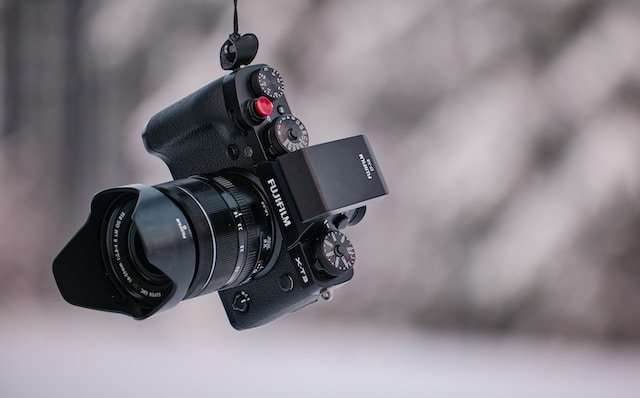
Once the camera has been repaired, make sure to follow all the safety and operating instructions provided in the manual to ensure proper usage and avoid any future issues.
10. Extreme weather conditions
Extreme weather conditions can also cause the Fujifilm X-T3 camera to not turn on. The camera should not be used or stored in locations that are exposed to rain, steam, smoke, extreme humidity, dust, direct sunlight, very high or low temperatures, strong vibration, or strong magnetic fields.
Additionally, it should not be in contact with volatile chemicals such as pesticides or placed next to rubber or vinyl products.
If the camera is not turning on due to extreme weather conditions, the first step is to remove the battery and memory card. The camera should be allowed to dry out completely before attempting to turn it on again. If the camera has been exposed to moisture or dampness, it can be placed in a bag of uncooked rice or silica gel packets to help absorb the moisture.
If the camera still does not turn on after drying it out, it may be necessary to take it to a professional for repair.
Conclusion
In conclusion, the Fujifilm X-T3 camera can face several issues that can prevent it from turning on, such as a faulty battery, damaged motherboard, or extreme weather conditions. However, most of these issues can be easily fixed with simple solutions like charging the battery, replacing it, or keeping the camera in appropriate conditions. By taking good care of the camera and following the necessary precautions, the Fujifilm X-T3 can provide excellent performance and capture beautiful images for a long time.





